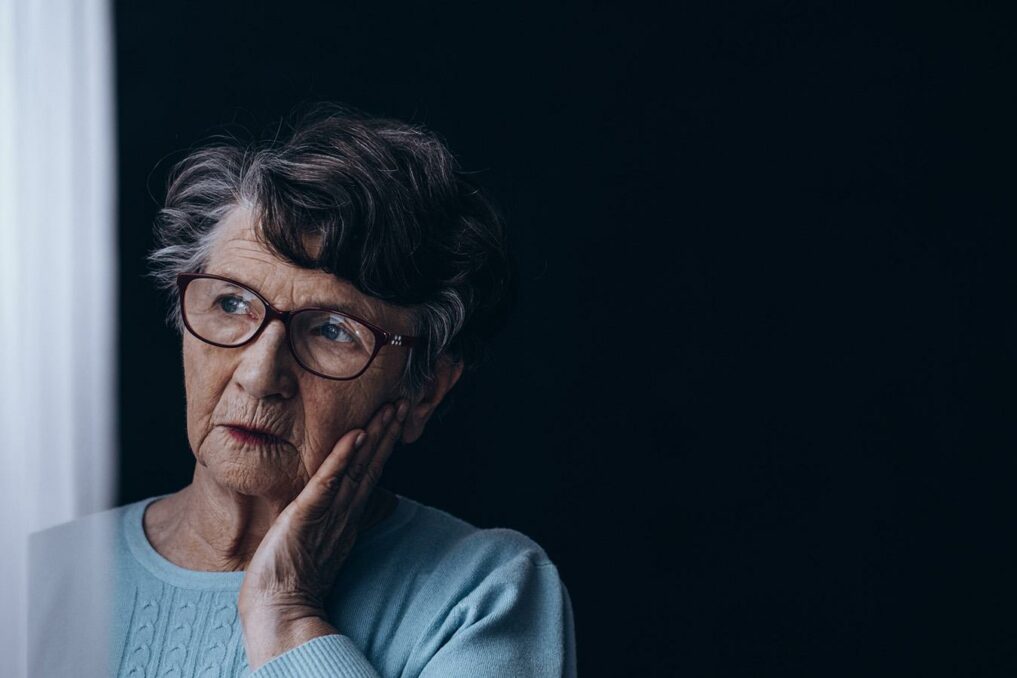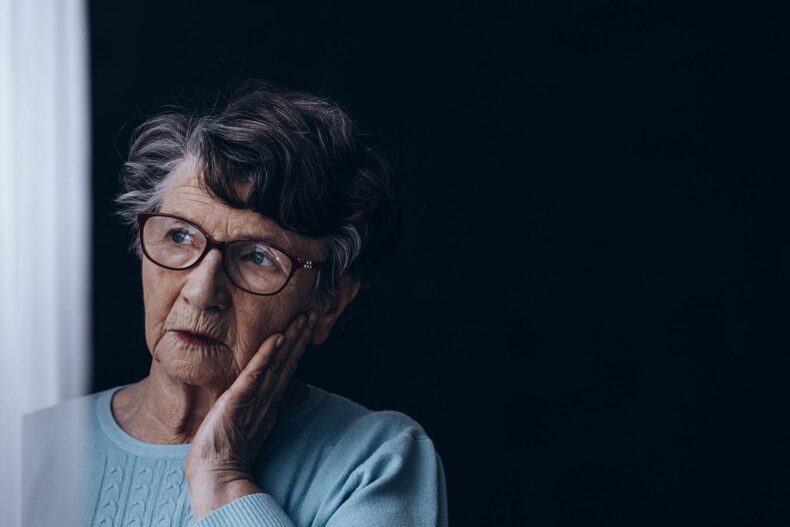
Research presented at the American Academy of Physician Associates (AAPA) national conference in May 2024 highlighted the importance of screening older adults for fall risk when prescribing opioids. However, due to time and staff constraints, many clinics struggle to consistently conduct these screenings. The authors of the study emphasised the existence of significant gaps in screening older adults on chronic opioid therapy for fall risk, and stressed that implementing proper screening measures can effectively reduce this risk.
A research study conducted in Utah examined the screening rates for falls among individuals aged 50 and above who were taking opioids. The study involved reviewing the medical records of patients at three different outpatient clinics: an internal medicine clinic, a geriatric medicine clinic, and a family medicine clinic. The criteria for inclusion in the study were patients who were at least 50 years old and had been using opioids for a minimum of three months. Patients receiving palliative care were not included in the study.
Out of the 125 patients who participated in the study, 64% of them were 65 years or older, with an average age of 69.02 years. The results revealed that only 12 patients, which accounted for 9.6% of the total, were evaluated for their risk of falling. Johanna Greenberg, MPAS, PA-C, the main author of the study, expressed surprise at the relatively low initial screening rate.
Joanne Rolls, MPAS, PA-C, a coauthor of the study, concurred with the low baseline screening rate and acknowledged the various factors that could contribute to this. In primary care settings, there are numerous important factors vying for attention and management.
Out of the 12 patients who underwent fall risk screening, healthcare providers identified that 9 patients had a significant risk of falling. Among those who were screened, five patients were also using benzodiazepines, and out of these five, four were determined to be at high risk of falling based on the screening results.
According to Ms. Greenberg, the study’s results indicated that there was a missed chance to screen for falls and implement fall prevention measures for individuals who were identified as having a high risk of falling. The study also highlighted that the prevalence of fall risk within this particular population remains unknown, indicating a gap in knowledge in this area.
The study’s findings have provided a foundation for the clinics to establish a target of raising the percentage of screened patients in this population for fall risk from 9.6% to 25%. However, the researchers noted that there are multiple factors contributing to the barriers in achieving this goal, and these obstacles differ among the clinics involved.
The researchers identified several reasons for the low screening rates, which include a lack of well-defined criteria for determining when to conduct fall risk screening, insufficient staff availability to perform the screenings, and time constraints during patient appointments that hinder the implementation of fall screening.
In the geriatric clinic, 26% (6 out of 23) of eligible patients underwent screening. In comparison, at the internal medicine clinic, 10.8% (4 out of 37) of patients received screening, while at the family medicine clinic, only 3% (2 out of 65) of patients were screened.
Ms. Greenberg stated that she and her team are currently engaged in ongoing research regarding fall risk among older adults who utilize chronic opioid therapy. They have plans to publish further findings within the next year.













